Difference between Docker stop and Docker kill

Docker provides multiple ways to manage container lifecycles, including stopping and killing containers. Two commonly used commands for halting a

Docker provides multiple ways to manage container lifecycles, including stopping and killing containers. Two commonly used commands for halting a

Docker and Kubernetes are powerful tools for containerized application deployment, but like any technology, they come with their own set
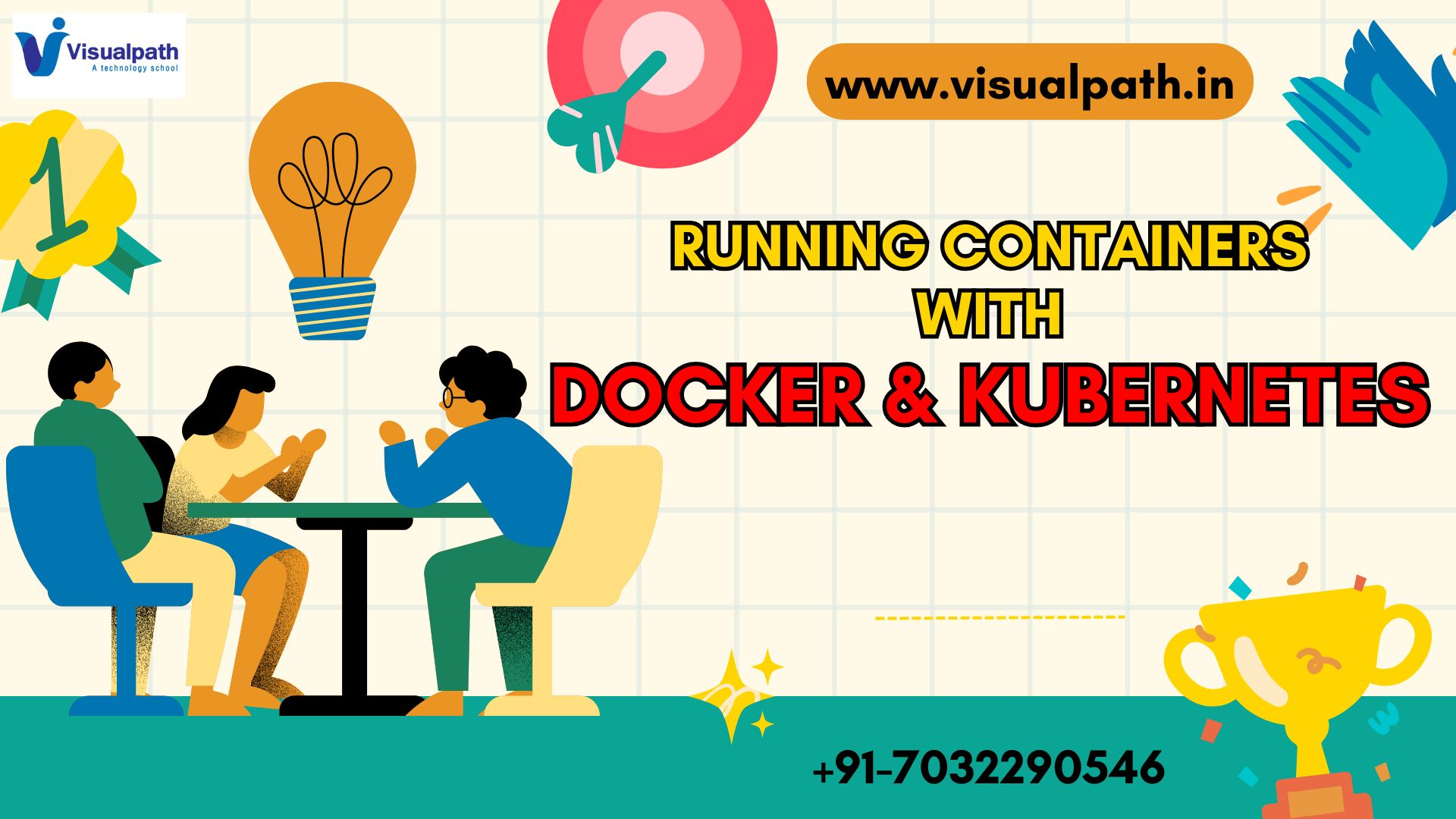
In the Docker and Kubernetes cloud-native world, containerization has revolutionized application deployment and management. They are the two most widely
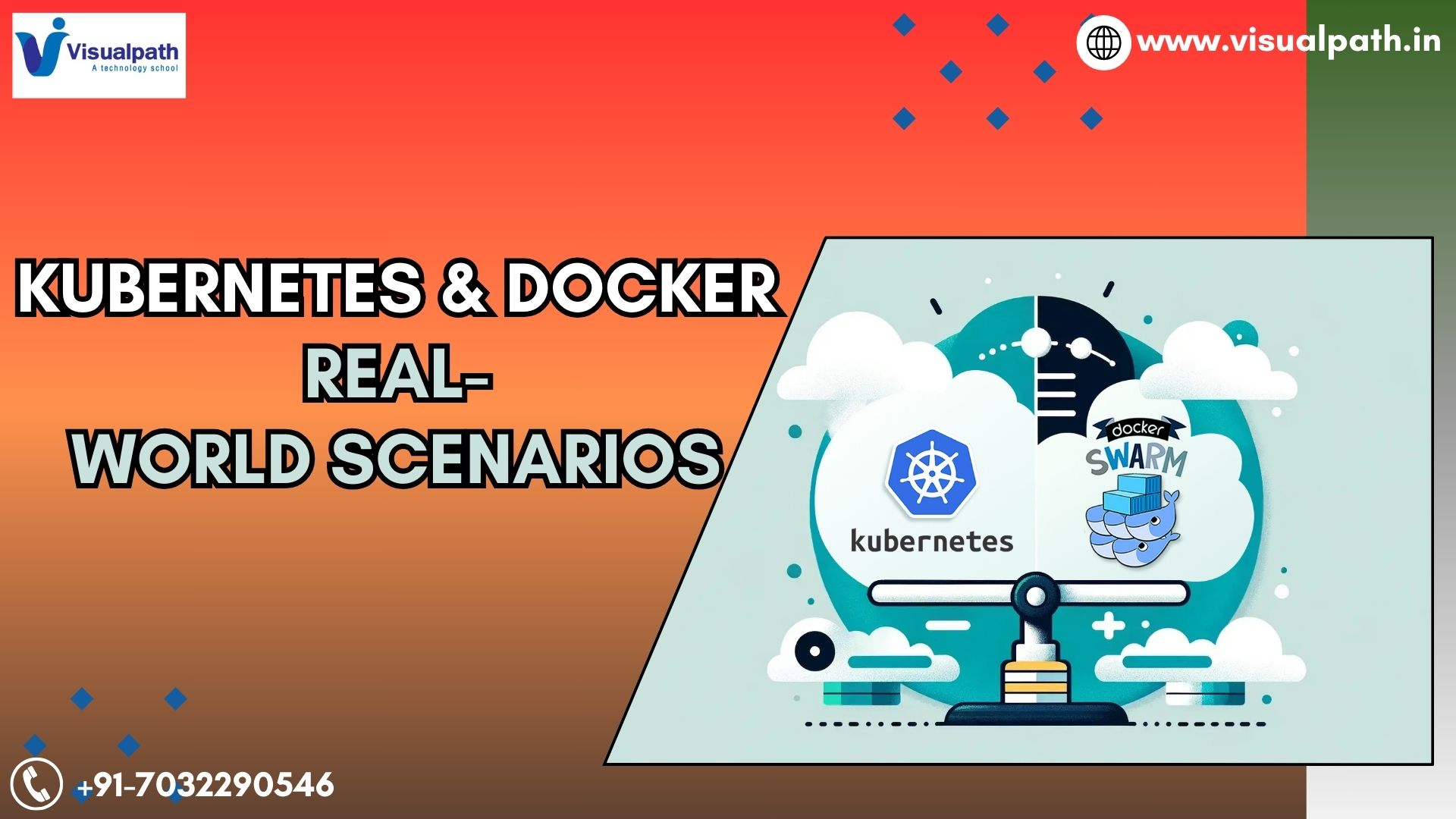
Kubernetes and Docker have become essential tools for organizations looking to build, deploy, and scale applications efficiently. These technologies are
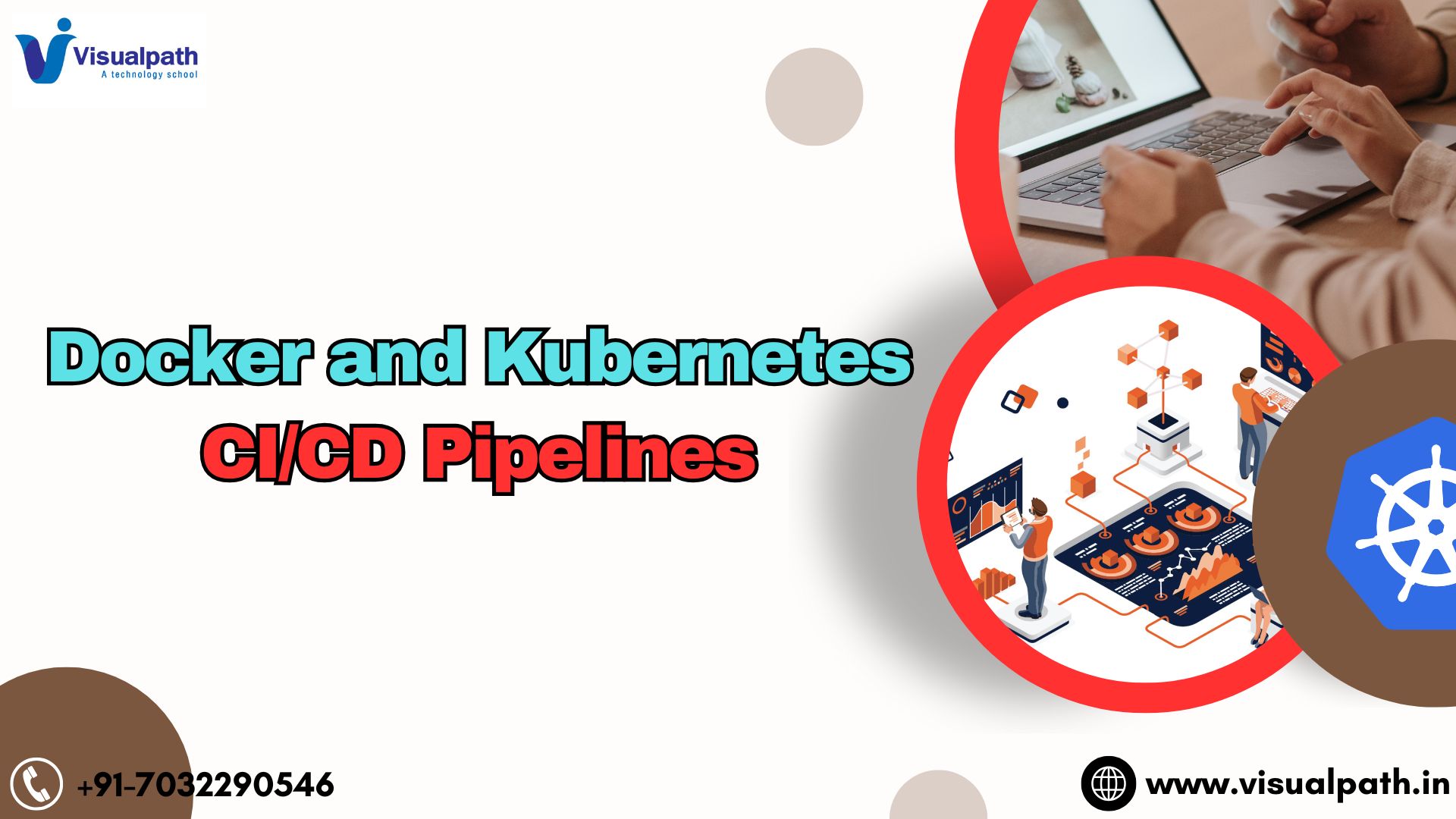
Continuous Integration and Continuous Deployment (CI/CD) have become essential for modern software development. Docker and Kubernetes are two critical technologies
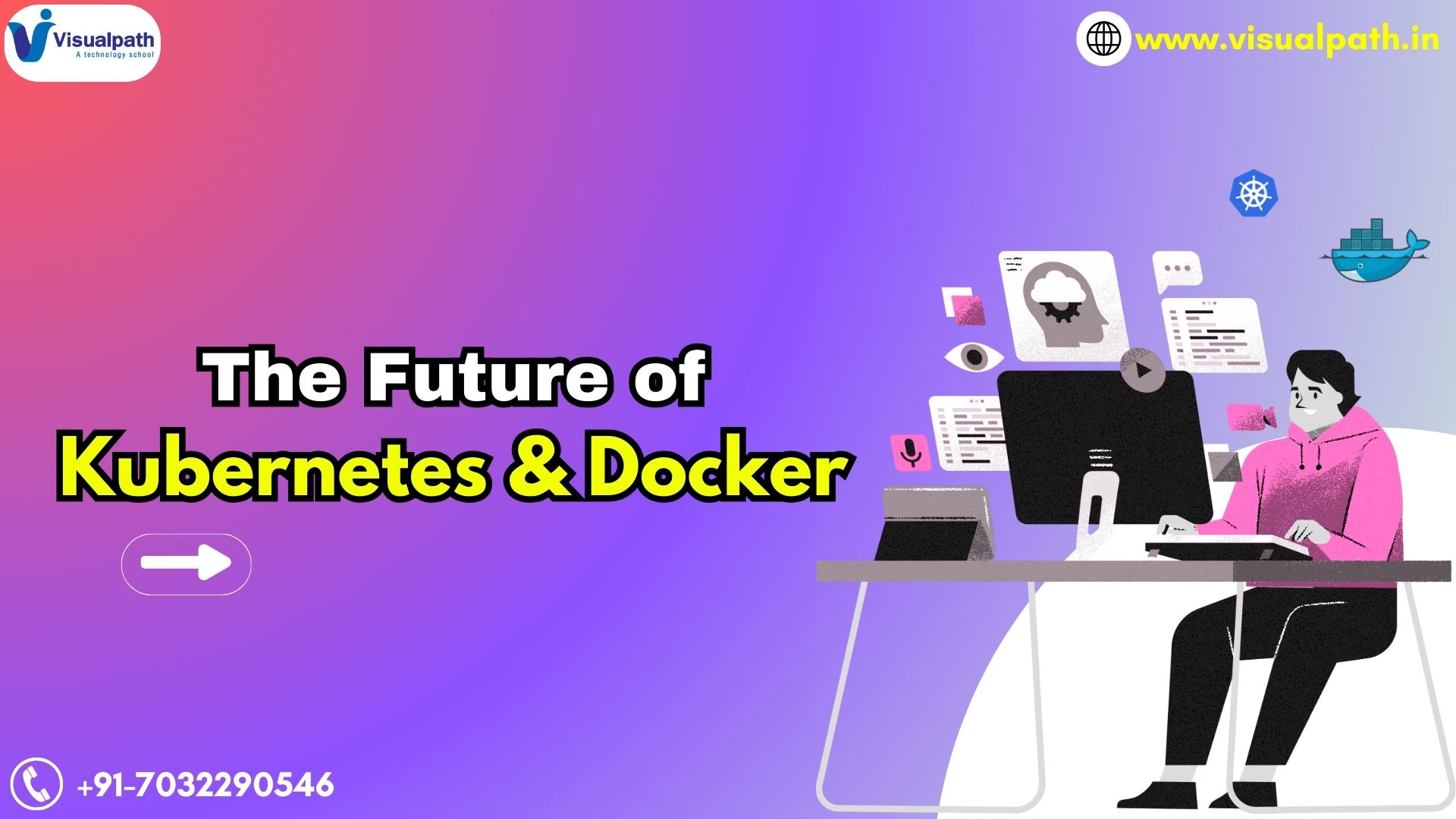
Kubernetes and Docker have revolutionized how applications are developed, deployed, and managed. As cloud-native technologies continue to evolve, the future
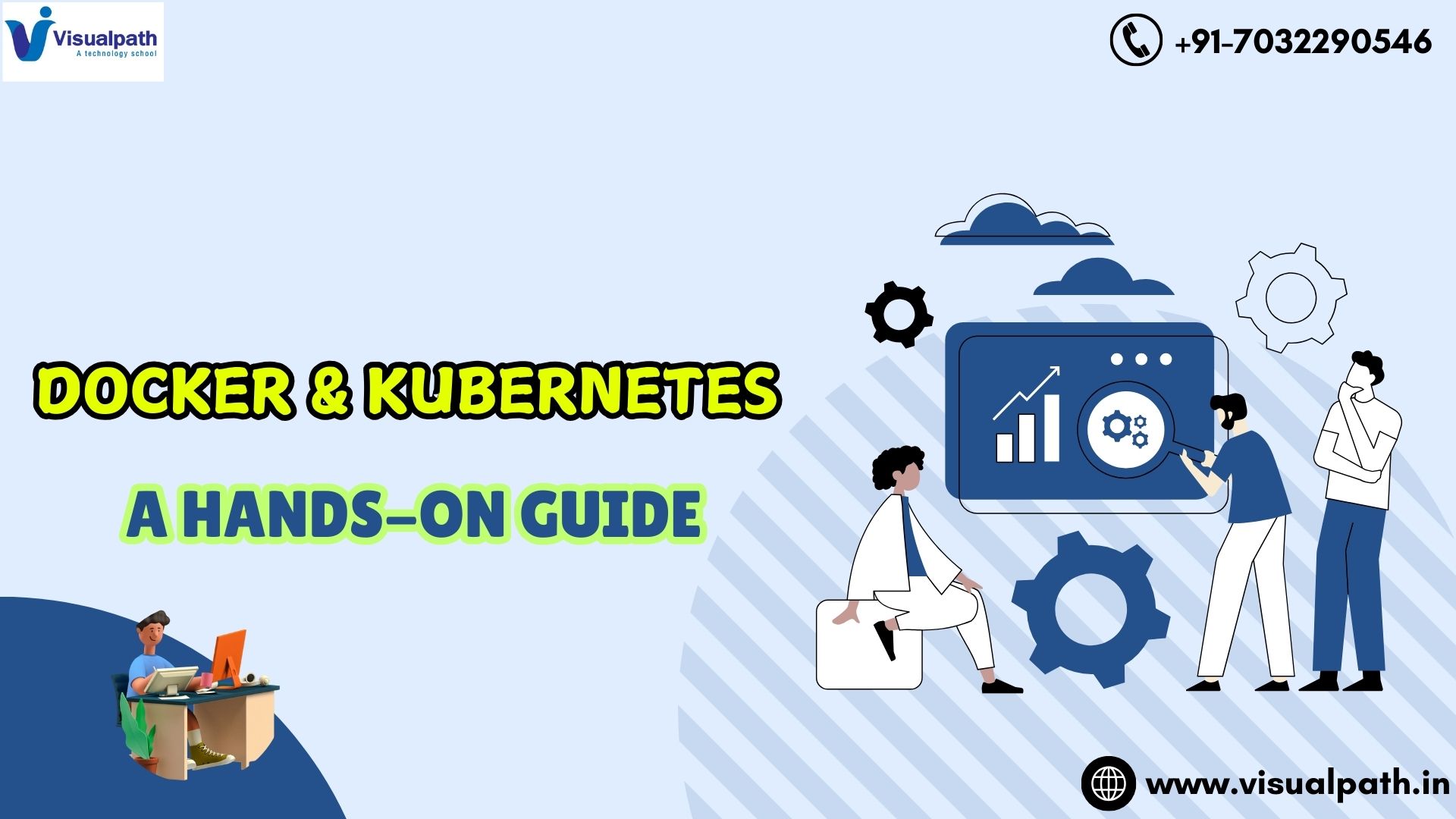
Docker and Kubernetes have revolutionized the way applications are deployed, managed, and scaled. Docker enables containerization, while Kubernetes orchestrates containerized

Docker and Kubernetes have become essential tools for modern developers. They simplify the process of building, managing, and deploying applications.
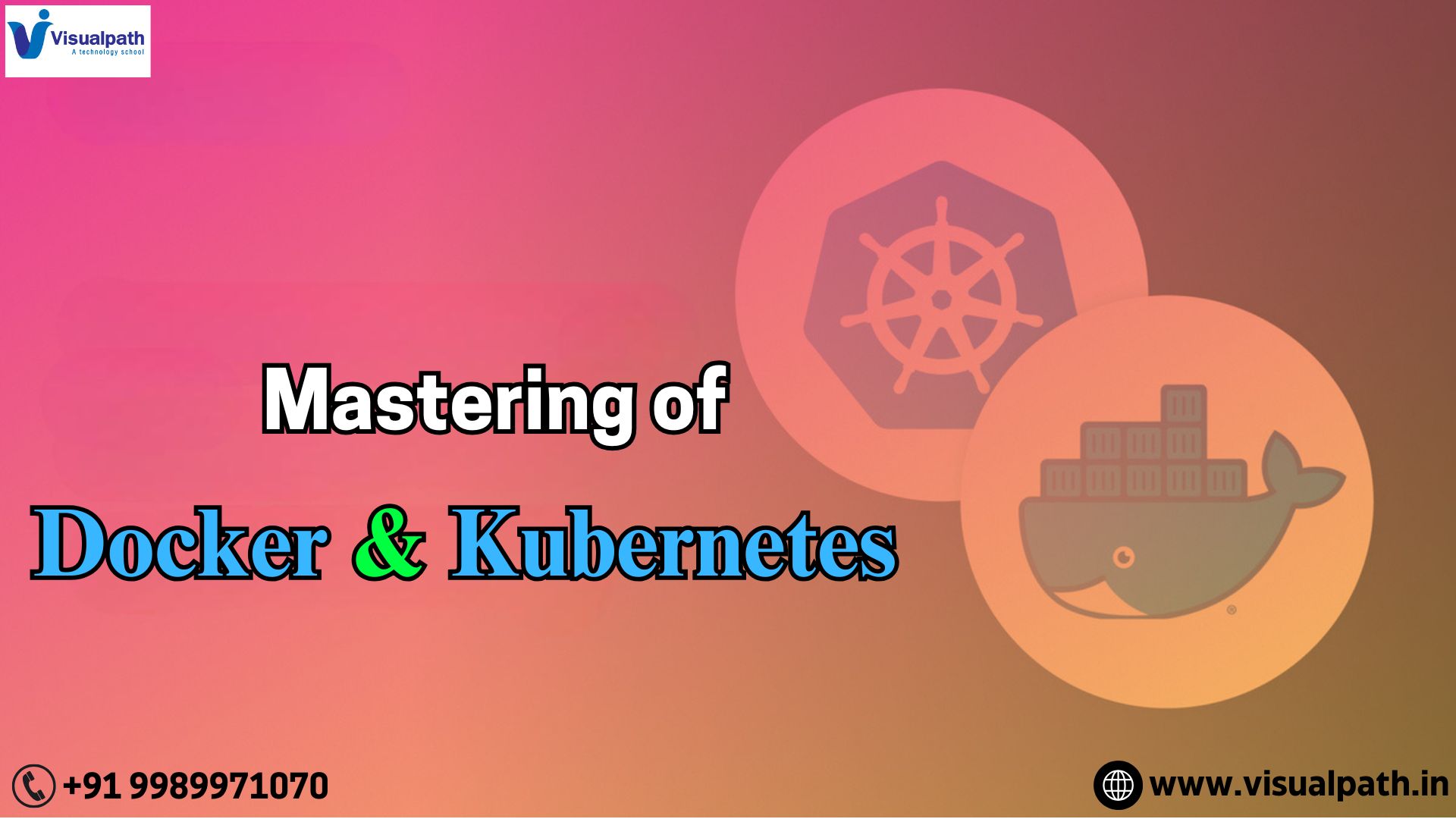
Docker and Kubernetes have revolutionized application deployment, making them essential skills for developers, DevOps engineers, and IT professionals. Docker simplifies
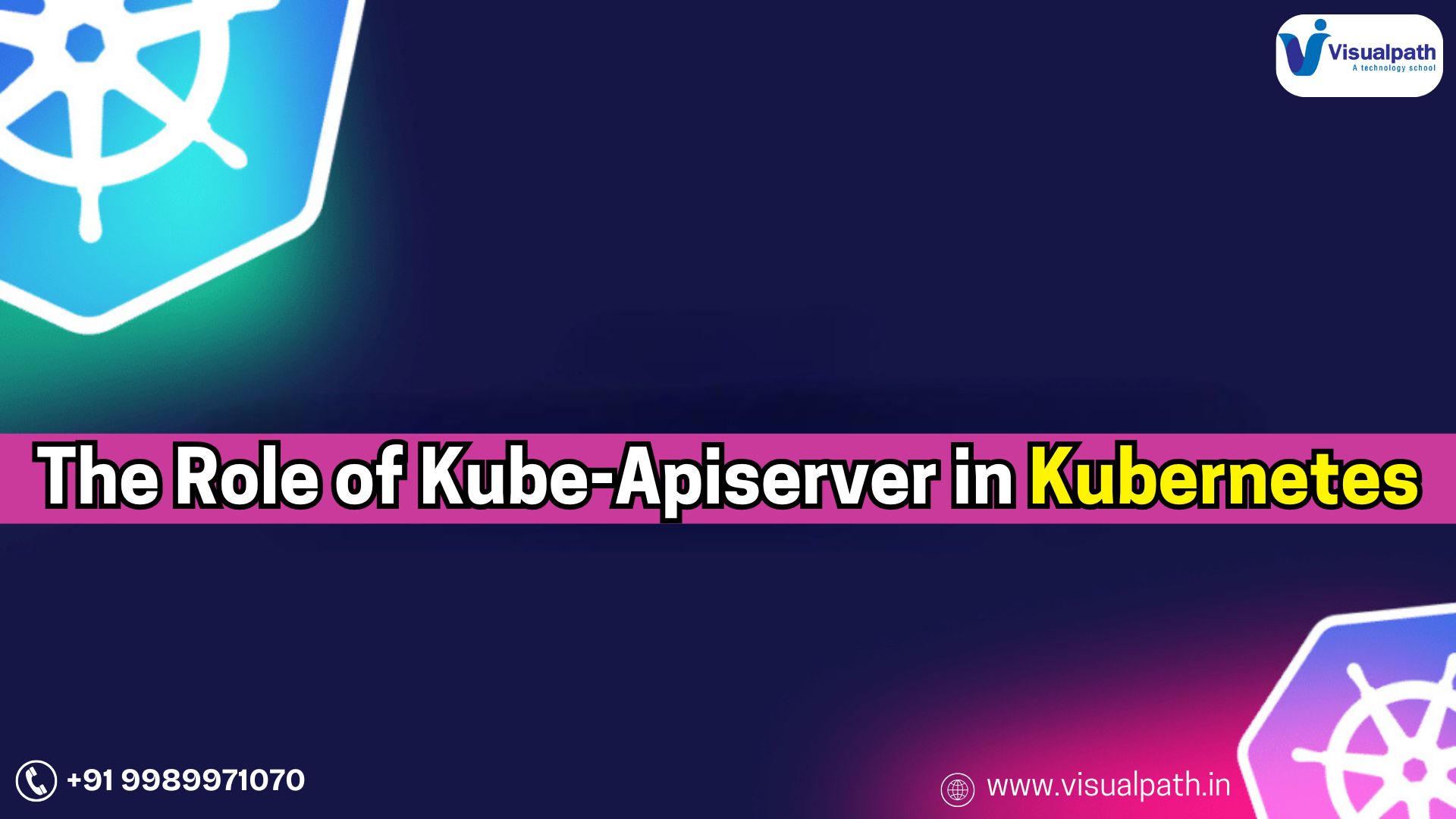
The kube-apiserver holds an irreplaceable position, acting as the central component for managing and securing communication within a cluster. As